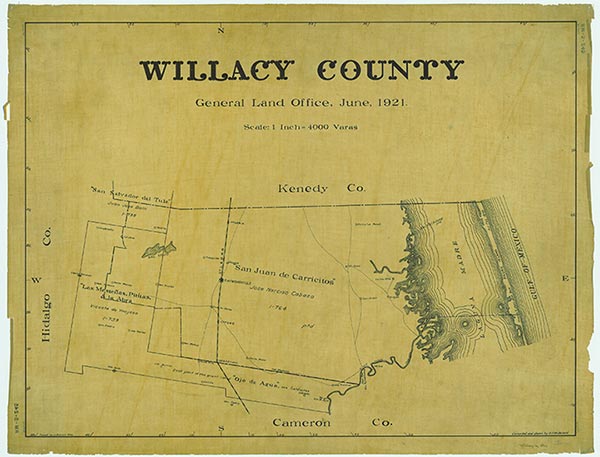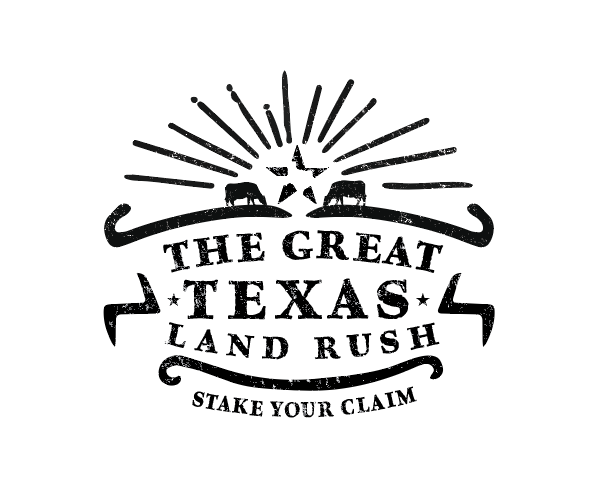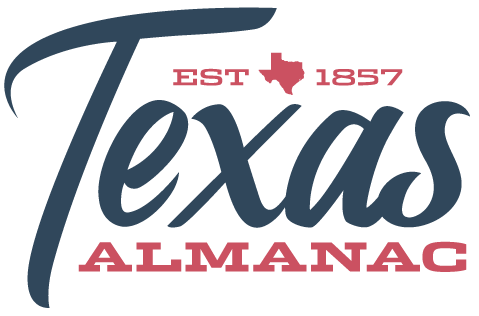Lyford

Lyford is on State Highway 448 and the Missouri Pacific line, between Farm roads 498 and 1921 in central Willacy County. It was named for William H. Lyford, attorney for the Chicago and Eastern Illinois Railroad. Before the town was founded, part of its future site had a lake known locally as Laguna Del Como Se Llama; the vicinity was known as the Como Se Llama area. In the early to middle 1700s, Spanish colonists settled along the Rio Grande and owned the three land grants in the Willacy County area. The grant on which Lyford was eventually built was the San Juan de Carricitos land grant. The first railroad through the area, the St. Louis, Brownsville and Mexico Railway, built through on July 4, 1904, and was eventually bought by the Missouri Pacific in 1956. Employees of the Rock Island Company formed the Gulf Coast Irrigation Company, which with a capitalization of $500,000 bought 34,000 acres from the King Ranch for $9.00 an acre; Lyford was on this tract. Between 1904 and 1906 Lyford was a tent city, and in 1906 it was served by the grocery store of Hood and Schlecht. The Lyford Realty Company was organized, and the plat for Lyford was filed in Cameron County on March 19, 1907. Many of the early settlers were from Illinois and adjoining states. Pioneer Hall was built at Lyford in 1907; it was the first place for public worship, public school, and other gatherings. A post office also opened that year, and the Lyford Hotel was constructed in stages between 1907 and 1909. Reuben Deyo planted one of the first citrus orchards in the vicinity. In the early to middle 1900s Mexicans in Lyford were segregated; the leaders of Lyford set up a separate town for them so that they could "do and build as they wished."
During the Mexican Revolution, when raiders sometimes crossed the United States-Mexico border, soldiers and Texas Rangers were stationed in Lyford in 1913 and 1914. In 1914 the town had 300 inhabitants, four general stores, a bank, a lumber company, a blacksmith, and a drugstore. A newspaper, the Lyford Gulf Current, was also in publication, with B. D. Stevenson as publisher. The community had a population of 600 in 1928. It grew steadily through the 1930s and in 1940 had a population of 1,150 and fifteen businesses. There was a small population decline between 1941 and 1950, but in 1968 its population was 1,541. In 1972 it was 1,425, and in 1976 Lyford reported forty-eight rated businesses. In 1990 it had a population of 1,674 and sixteen businesses. The population reached 1,973 with forty-six businesses in 2000.
Alicia A. Garza | © TSHA

Adapted from the official Handbook of Texas, a state encyclopedia developed by Texas State Historical Association (TSHA). It is an authoritative source of trusted historical records.

- ✅ Adoption Status:
- This place is available for adoption! Available for adoption!
- Adopted by:
- Your name goes here
- Dedication Message:
- Your message goes here
Belongs to
Lyford is part of or belongs to the following places:
Currently Exists
Yes
Place type
Lyford is classified as a Town
Location
Latitude: 26.41469480Longitude: -97.78955400
Has Post Office
Yes
Is Incorporated
Yes
Population Count, 2021 View more »
2,210
